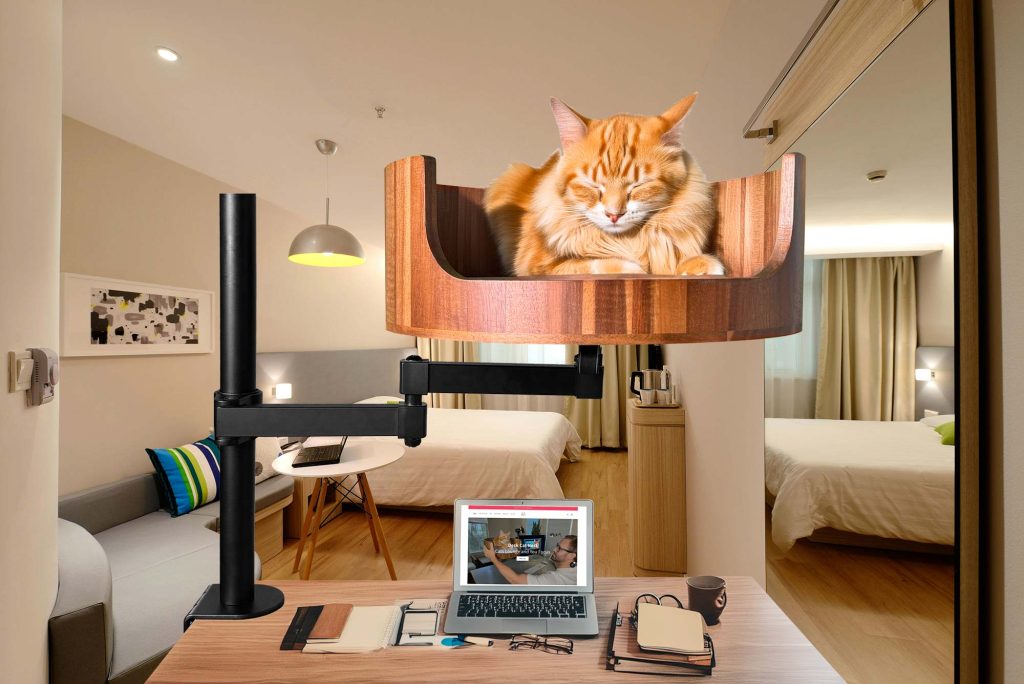Imagine you’re sitting at your desk, working away on a project when suddenly your cat lets out a low, guttural growl from their cozy spot in the corner. As a cat owner, you may be familiar with this unique form of communication, but do you truly understand what your feline friend is trying to tell you? Cat growling is a fascinating behavior that can reveal a lot about your cat’s emotions and needs, and in this article, we will take a closer look at this vocalization to help you better understand and interpret your furry companion’s messages.
From territorial warnings to expressions of fear or pain, cat growling can serve a variety of purposes depending on the situation. By decoding your cat’s growls, you can gain valuable insights into their current state of mind and address their needs more effectively. In this article, we will explore the reasons behind cat growling, the various contexts in which it may occur, and how you can respond appropriately to ensure your cat feels safe and secure in their environment. So, the next time you hear your cat emit a growl, you will be equipped with the knowledge to decipher their communication and strengthen the bond between you and your beloved pet.
1. Cats growl as a form of communication to express fear, aggression, or discomfort.
2. Understanding the context in which a cat growls can help pet owners address their feline’s needs and emotions.
3. It is essential to pay attention to your cat’s body language when they growl, as this can provide crucial cues about their feelings.
4. Responding to a cat’s growl with patience and empathy can establish trust and strengthen the bond between owner and pet.
5. Professional advice may be necessary if a cat’s growling behavior becomes excessive or uncontrollable.
The Meaning Behind a Cat’s Growl
A cat’s growl is a form of communication that signals fear, aggression, or territoriality. It is important to pay attention to the context in which your cat is growling to understand its message. For example, if a cat is backed into a corner or feels threatened by another animal, they may growl as a warning sign. Understanding the root cause of your cat’s growling can help you address any underlying issues and improve their overall well-being.
Common Triggers for Cat Growling
There are several common triggers that can cause a cat to growl. These can include feeling scared or threatened, being in pain or discomfort, feeling territorial, or experiencing frustration or anxiety. By identifying the specific trigger for your cat’s growling, you can take steps to alleviate their stress and create a more harmonious environment for them.
How to Address Cat Growling Behavior
When faced with a growling cat, it’s important to remain calm and avoid escalating the situation. Try to identify the cause of the growling and address it accordingly. For example, if your cat is growling due to feeling threatened by another pet in the household, you may need to provide separate spaces for each animal to reduce tension. Additionally, consulting with a veterinarian or animal behaviorist can provide valuable insights and guidance on how to address your cat’s growling behavior effectively.
Case Study: Resolving Cat Growling Through Positive Reinforcement
In a case study involving a cat exhibiting aggressive growling behavior, a pet owner worked with a professional animal behaviorist to address the issue. By utilizing positive reinforcement techniques such as rewarding calm behavior and providing enrichment activities, the cat’s growling behavior significantly decreased over time. This case study highlights the importance of understanding the root cause of cat growling and implementing positive reinforcement strategies to promote a positive change in behavior.
Frequently Asked Questions
What is the Desk Cat Nest?
The Desk Cat Nest is a cozy and comfortable bed designed specifically for cats to rest in while you work at your desk. It provides a secure space for your cat to relax and nap while being close to you.
Will the Desk Cat Nest help with cat growling?
While the Desk Cat Nest is not specifically designed to address cat growling, it can provide a safe and comfortable environment for your cat, which may help reduce stress levels and potentially minimize growling behavior.
How can the Desk Cat Nest improve my cat’s behavior?
The Desk Cat Nest can give your cat a designated space to retreat to when feeling anxious or overwhelmed, which can help reduce instances of growling. Additionally, having a cozy bed may help your cat feel more secure and relaxed overall.
Is the Desk Cat Nest suitable for all cat breeds?
Yes, the Desk Cat Nest is suitable for cats of all breeds and sizes. The plush cushion and sturdy design provide a comfortable and safe space for any cat to enjoy.
How do I clean the Desk Cat Nest?
The cushion of the Desk Cat Nest is removable and machine washable for easy cleaning. Simply unzip the cushion and wash it on a gentle cycle with mild detergent to keep it fresh and clean for your cat.
In conclusion, the Desk Cat Bed is a valuable choice for cat owners looking to address and reduce cat growling behaviors. With its cozy and inviting design, this bed provides a safe and comfortable space for cats to relax and unwind. By offering a dedicated space for rest and relaxation, the Desk Cat Bed can help to alleviate stress and anxiety in cats, ultimately reducing the occurrence of growling. Additionally, the elevated design of the bed allows cats to survey their surroundings comfortably and confidently, promoting a sense of security and well-being. Overall, the Desk Cat Bed is a highly beneficial product for cat owners seeking to improve their feline companion’s behavior and overall quality of life.


